Visiting the Louvre Museum in Paris is a dream for many, but with its vast collection of art and history, it can be overwhelming to see everything in just 2-3 hours. The museum is home to over 35,000 works of art, from famous pieces like the Mona Lisa to ancient treasures. This guide is here to help you make the most of your visit, showing you the best way to see the Louvre in 2-3 hours. Whether you’re an art lover or just curious about its iconic pieces, we’ll help you plan your visit so you can enjoy the highlights without feeling rushed. Let’s explore how to have an unforgettable experience at the Louvre!
Recommended:
Where to Find the Best Burgers in Paris
Must Visit Streets in Paris
What to See At the Louvre In 2-3 Hours?
If you only have 2-3 hours to spend at the Louvre, it’s essential to focus on the museum’s most iconic and unmissable pieces. Here’s a quick guide to help you make the most of your short visit:
1. Mona Lisa by Leonardo da Vinci
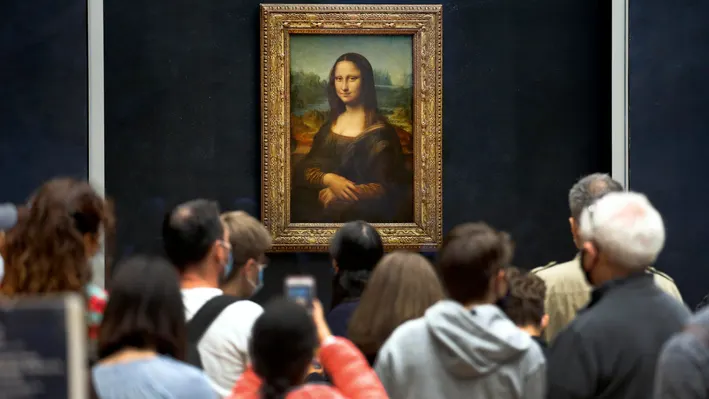
Arguably the most famous painting in the world, the Mona Lisa is renowned for her enigmatic smile and mysterious aura. This masterpiece is located in the Denon Wing, Room 711.
2. Venus de Milo
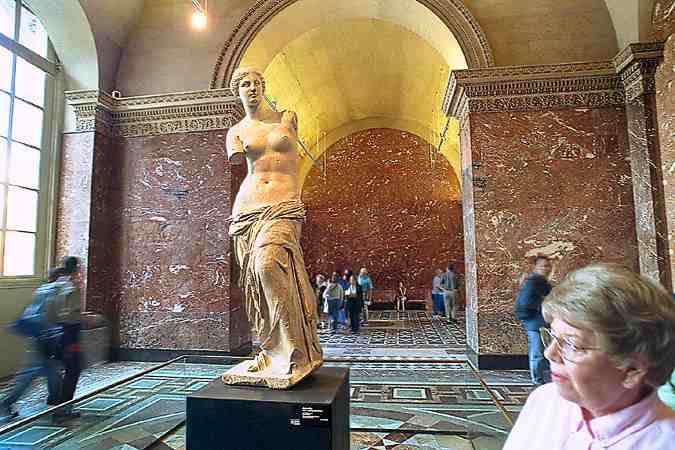
This ancient Greek statue of the goddess Aphrodite is celebrated for its beauty and elegance. It can be found in the Sully Wing, Room 345.
3. Winged Victory of Samothrace
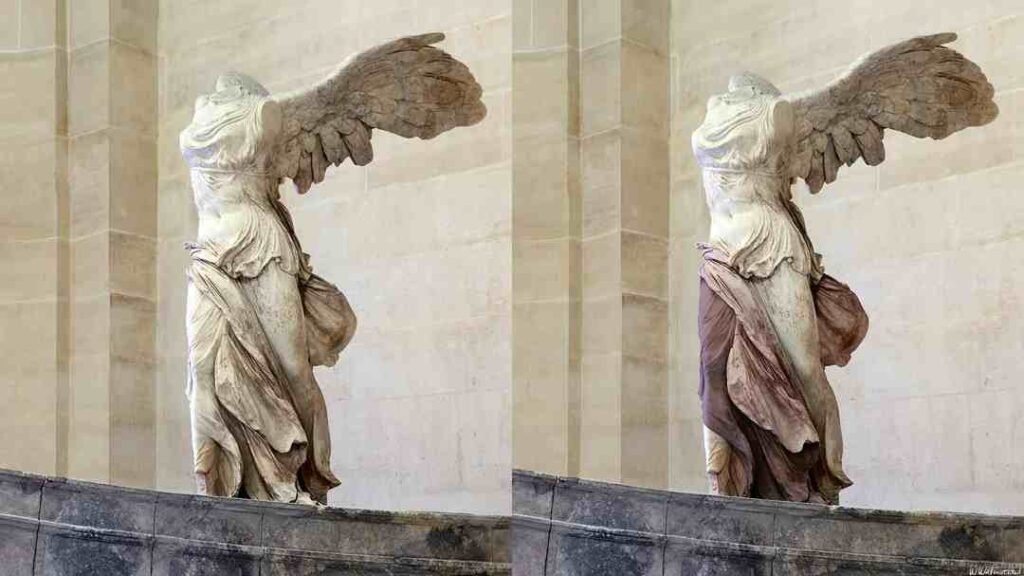
This stunning marble sculpture of the Greek goddess Nike is a symbol of victory and is displayed at the top of the Daru staircase in the Denon Wing, Room 703.
4. Liberty Leading the People by Eugène Delacroix

This powerful painting commemorates the July Revolution of 1830 in France and is located in the Denon Wing, Room 700.
5. The Coronation of Napoleon by Jacques-Louis David
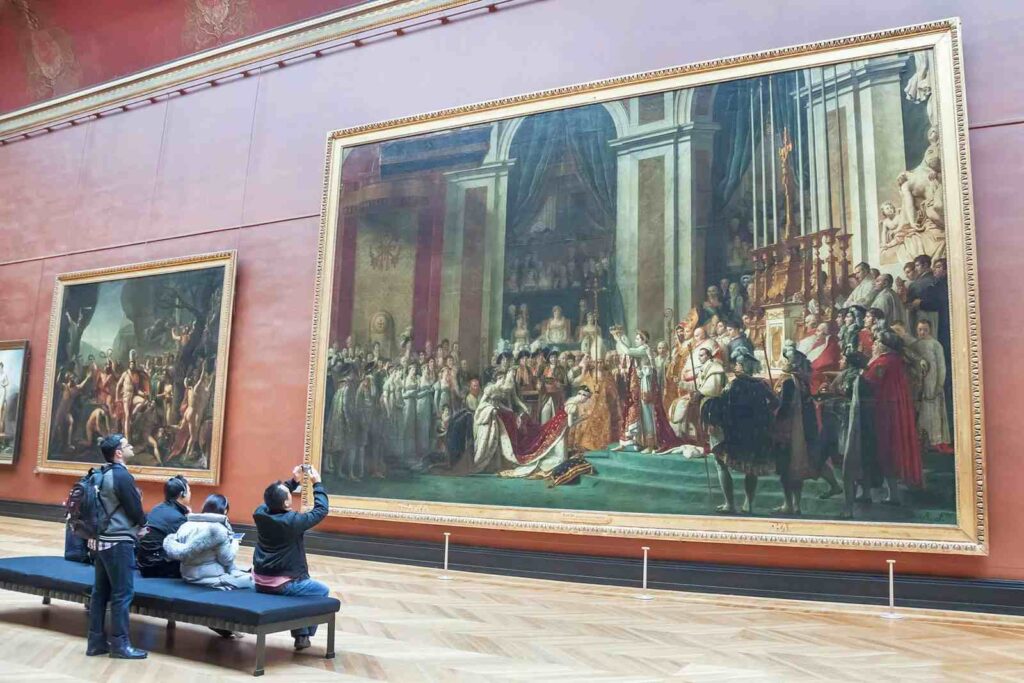
This grand painting depicts the coronation of Napoleon Bonaparte and is displayed in the Denon Wing, Room 702.
6. The Raft of the Medusa by Théodore Géricault
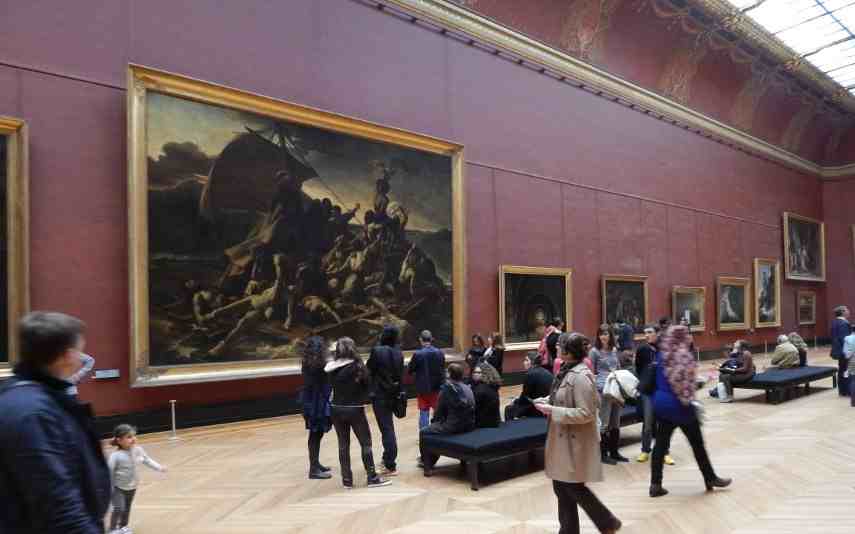
This dramatic and emotional painting portrays the aftermath of a shipwreck and is located in the Denon Wing, Room 700.
7. The Code of Hammurabi

One of the oldest deciphered writings of significant length in the world, this ancient Babylonian code of law is housed in the Richelieu Wing, Room 227.
8. Grande Galerie
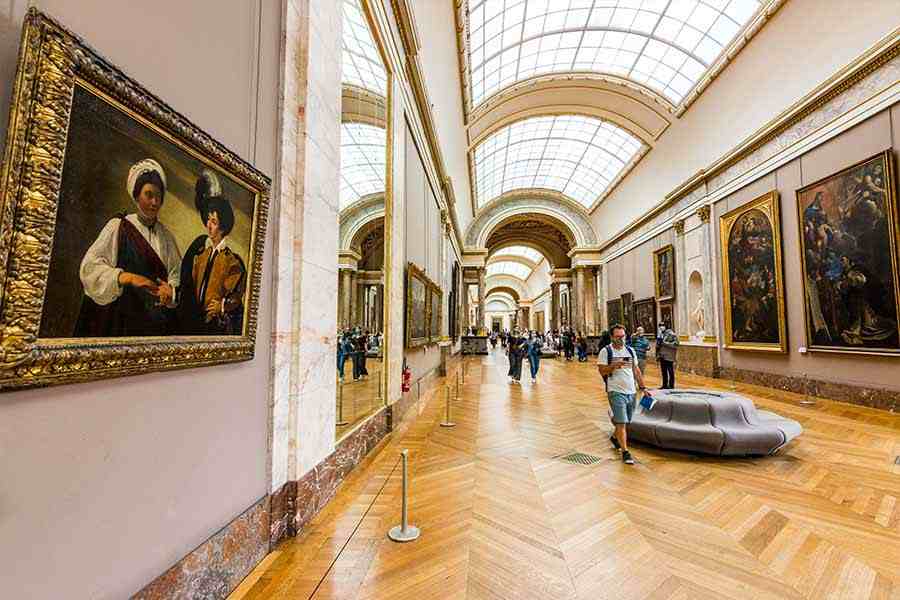
This long gallery houses an impressive collection of Italian Renaissance paintings, including works by Raphael and Titian. Grande Galerie is located in the Denon Wing.
9. Egyptian Antiquities
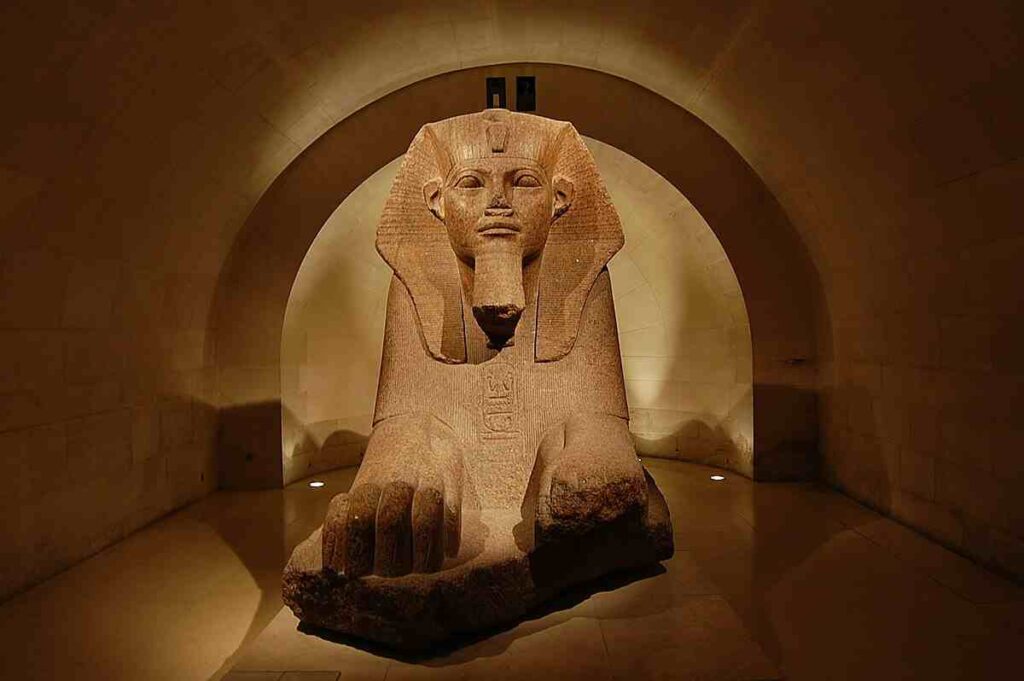
The collection includes fascinating artifacts like the Great Sphinx of Tanis and various mummies, offering a glimpse into ancient Egyptian civilization. Egyptian Antiquities is located in the Sully Wing, Ground Floor.
10. Medieval Louvre
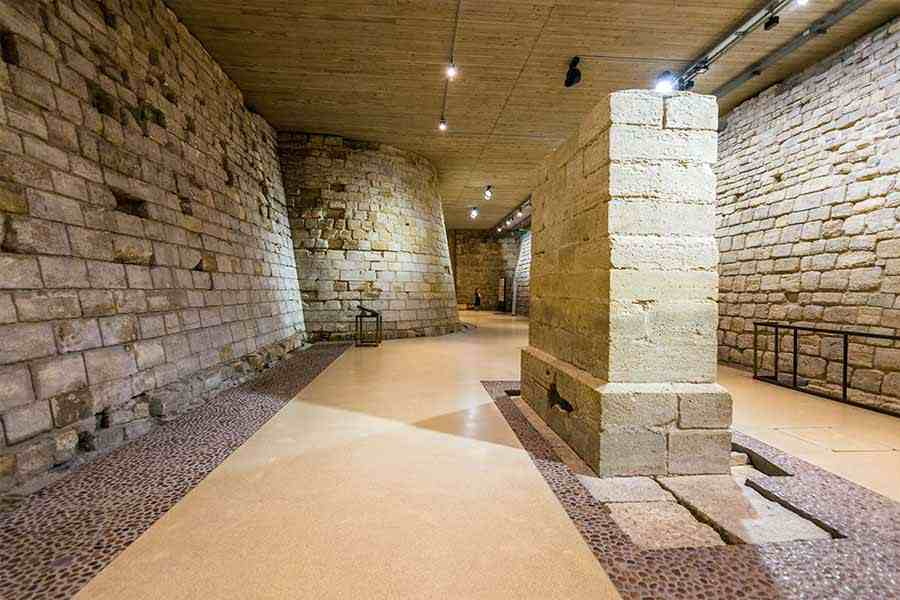
Discover the remains of the original medieval fortress that once stood where the Louvre is now, providing a unique historical context. Medieval Louvre is located in the Sully Wing, Lower Ground Floor.
By prioritizing these highlights, you’ll be able to experience some of the most significant and breathtaking pieces in the Louvre’s vast collection.
Pre-Visit Planning for the Louvre Museum
Planning can make your visit to the Louvre Museum much smoother and more enjoyable. Here are some key aspects to consider:
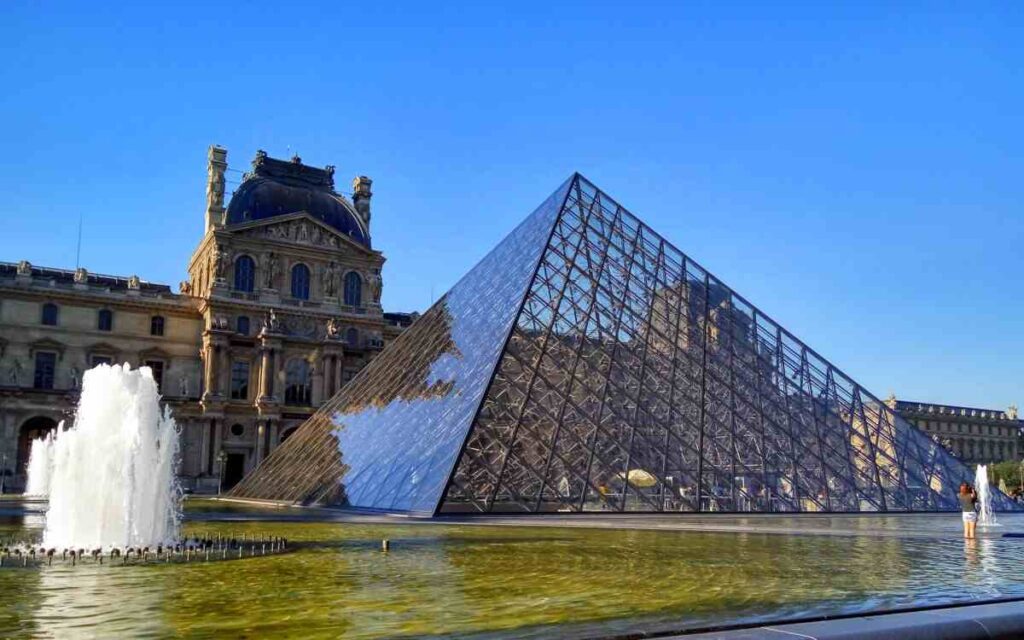
1. Ticket Options
- Online Booking: Purchase your tickets online in advance to avoid long lines at the museum. This also allows you to choose a specific time slot for entry.
- Skip-the-Line Passes: Consider investing in a skip-the-line pass or a Paris Museum Pass. These passes can save you a lot of time, especially during peak tourist seasons.
- Discounts and Free Entry: Check if you qualify for any discounts or free entry. For example, the Louvre offers free entry on the first Saturday evening of each month and on Bastille Day (July 14th). Visitors under 18, EU residents under 26, and art students often receive free or reduced admission.
2. Best Time to Visit
- Early Morning or Late Afternoon: To avoid the largest crowds, plan to arrive early in the morning when the museum opens or later in the afternoon. The museum tends to be busiest around midday.
- Weekday Visits: If possible, visit on a weekday rather than the weekend. Tuesdays and Fridays are usually less crowded than other days.
3. Understanding Museum Hours
- Operating Hours: The Louvre is open every day except Tuesdays and January 1st, May 1st, and December 25th. The museum opens at 9 AM and closes at 6 PM most days, with extended hours until 9:45 PM on Wednesdays and Fridays.
- Special Events and Closures: Check the museum’s website for any special events, exhibitions, or temporary closures that might affect your visit.
4. Choosing the Right Entrance
- Pyramid Entrance: The main entrance is through the glass pyramid, but it’s also the most crowded. Consider using an alternative entrance.
- Carrousel du Louvre Entrance: Located underground, this entrance is less busy and offers direct access to the museum.
- Porte des Lions Entrance: This entrance is near the Seine River and is often quieter, especially in the morning.
5. What to Bring
- Essentials: Carry a water bottle, a small snack, a portable phone charger, and a museum map or app. Wearing comfortable shoes is a must, as you’ll be walking a lot.
- Bags and Security: Keep in mind that large bags and backpacks are not allowed inside the museum, so bring a small, manageable bag. There are lockers available for storage.
6. Must-Have Apps and Guides
- Louvre App: Download the official Louvre Museum app for maps, audio guides, and curated tours.
- Offline Maps: Have an offline map app like Google Maps, as it can help you navigate both the museum and the surrounding area without relying on data.
- Audio Guides: Consider renting an audio guide at the museum or downloading a third-party guide that offers more detailed explanations of the artworks.
By taking care of these details before your visit, you’ll be well-prepared to enjoy the Louvre Museum without unnecessary stress or delays.
Understanding the Layout
The Louvre is huge and can be overwhelming, especially if it’s your first visit and you’re trying to see everything in 2 to 3 hours. Knowing the layout of the museum is important so you can navigate it easily and make sure you see the main attractions you came for.
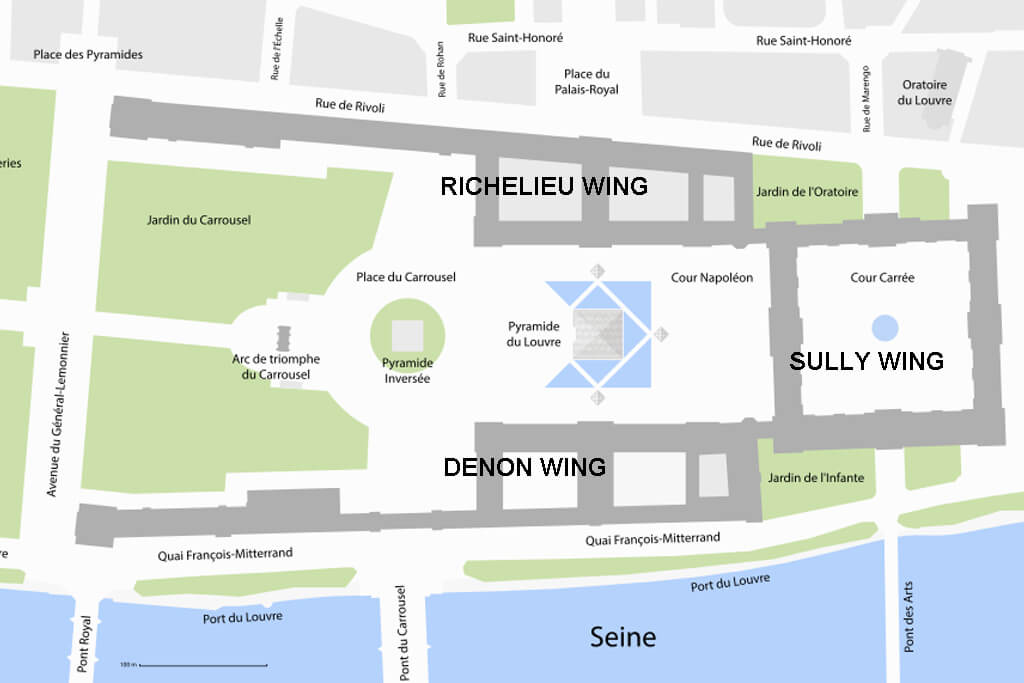
1. The Three Wings: Denon, Sully, and Richelieu
- Denon Wing: This is the most popular wing, housing some of the Louvre’s most famous works, including the Mona Lisa and Winged Victory of Samothrace. The Denon Wing is ideal for those interested in European paintings, especially from the Renaissance.
- Sully Wing: Located in the oldest part of the Louvre, the Sully Wing is home to the Venus de Milo and showcases the Louvre’s collection of Greek, Etruscan, and Roman antiquities. It also includes the foundations of the original medieval fortress that once stood on the site.
- Richelieu Wing: This wing features French sculptures, decorative arts, and the apartments of Napoleon III. It’s also where you’ll find the Louvre’s vast collection of Near Eastern antiquities, including the Code of Hammurabi.
2. Museum Entrances
- Pyramid Entrance: The iconic glass pyramid is the main entrance and often the busiest. It’s centrally located and provides access to all three wings.
- Carrousel du Louvre: An underground entrance located in the shopping mall of the same name. It’s a great alternative to the Pyramid, especially on rainy days, and often has shorter lines.
- Richelieu Passage: This entrance is reserved for groups and members but can be a faster option if you’re eligible.
- Portes des Lions: Located near the Seine River, this entrance is less known and can be a quick way to access the Denon Wing directly, though it’s not always open.
3. Navigation Tips
- Maps and Signage: Grab a museum map or download the Louvre’s official app upon entering. The museum is well-signposted, with clear indications of where major works are located.
- Understanding Floor Levels: The Louvre has multiple floors, each offering different collections. Knowing which floor your target exhibits are on will save you time. For instance, the ground floor (Level 0) is where you’ll find many of the antiquities, while European paintings are mostly on the first floor (Level 1).
- Key Landmarks: Use major landmarks like the glass pyramid, escalators, or iconic sculptures as points of reference to avoid getting lost.
Understanding how the Louvre is set up is key to having a great visit. With a good plan, you can move through the museum smoothly and make the most of your time.
Hidden Gems of Louvre
While the Louvre is famous for its iconic masterpieces, it also houses many hidden gems that visitors often overlook. Here are some lesser-known treasures worth exploring:
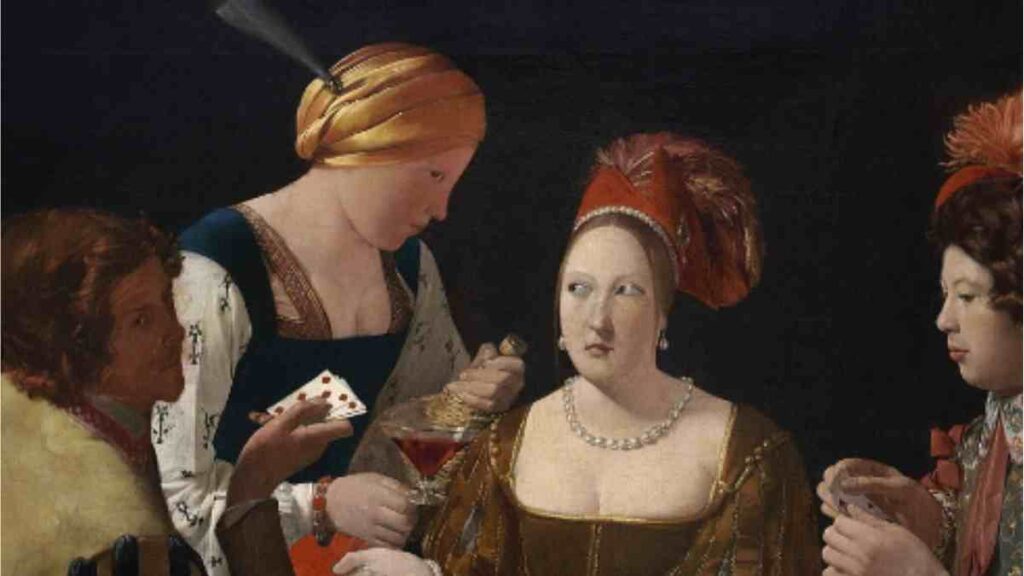
- La Belle Ferronnière by Leonardo da Vinci: This portrait, also known as the Portrait of a Lady from the Court of Milan, showcases Leonardo’s mastery of sfumato and dynamic composition.
- The Virgin of the Rocks by Leonardo da Vinci: One of two versions of this painting, it depicts the Virgin Mary, Child Jesus, Saint John the Baptist, and an angel. The painting’s history and subject matter remain a topic of debate.
- The Cheat with the Ace of Diamonds by Georges de la Tour: This intriguing painting captures a tense card game, with its dark background and refracted light reminiscent of Caravaggio’s style.
- Grande Odalisque by Jean-Auguste-Dominique Ingres: This exotic nude harem girl caused a scandal when it was unveiled in 1814 due to its perceived anatomical inaccuracies.
- Slaughtered Ox by Rembrandt: A gruesome yet captivating depiction of a butchered ox, showcasing Rembrandt’s skill in rendering texture and light.
- Marly Horses by Guillaume Coustou: These dynamic sculptures of rearing horses were originally created for the Château de Marly and are now displayed in the Louvre.
- The Outer Coffin of Tamutnefret: This beautifully decorated coffin from ancient Egypt provides insights into the burial practices and beliefs of the time.
- Lamassu from the Palace of Sargon II: These impressive winged bulls with human heads once guarded the entrance to the palace of the Assyrian king Sargon II.
- Decoration from the Palace of Darius I of Susa: Intricate reliefs and decorations from the palace of the Persian king Darius I, showcasing the artistry of the Achaemenid Empire.
- Napoleon III’s Apartments: A lavishly decorated suite of rooms that offers a glimpse into the opulent lifestyle of Napoleon III and his court.
By exploring these special exhibitions and hidden gems, you’ll gain a deeper appreciation for the diverse and rich collection of the Louvre Museum.
Post-Visit Recommendations
After an enriching visit to the Louvre Museum, there are plenty of wonderful activities and attractions nearby to continue your exploration of Paris. Here are some post-visit recommendations:
1. Stroll Through the Tuileries Garden

Located just outside the Louvre, the Tuileries Garden is a beautiful place to relax and unwind. You can take a leisurely walk, enjoy the sculptures and fountains, or simply sit on a bench and soak in the atmosphere.
2. Visit the Musée de l’Orangerie
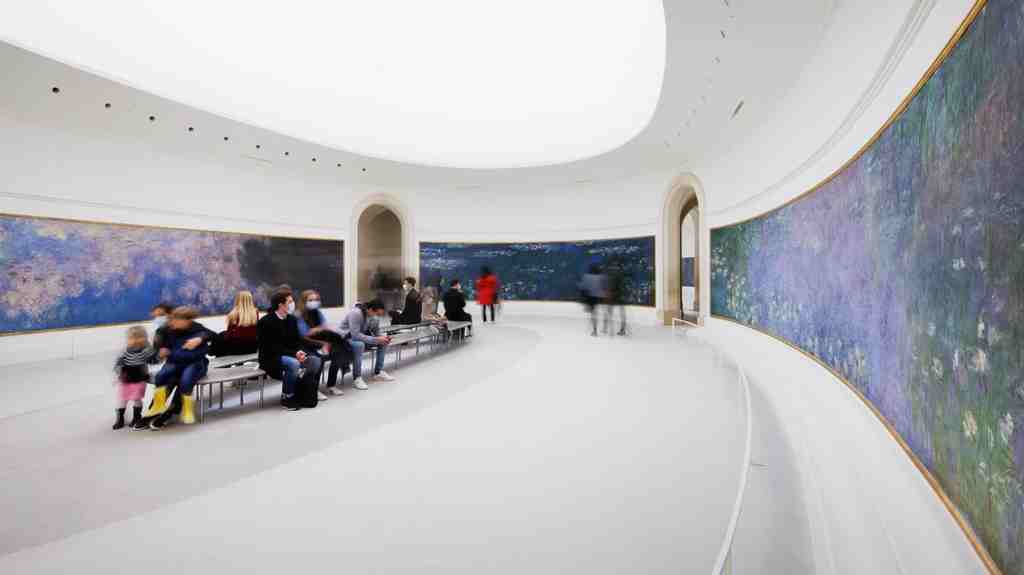
For fans of Impressionism and Post-Impressionism, the Musée de l’Orangerie is a must-visit. It houses a stunning collection of works by artists like Monet, Cézanne, and Picasso, including Monet’s famous Water Lilies murals.
3. Explore the Palais Royal
Just a short walk from the Louvre, the Palais Royal is a historic palace with beautiful gardens and unique art installations. The courtyard features the striking black-and-white striped columns of Daniel Buren’s “Les Deux Plateaux”.
4. Enjoy a Seine River Cruise
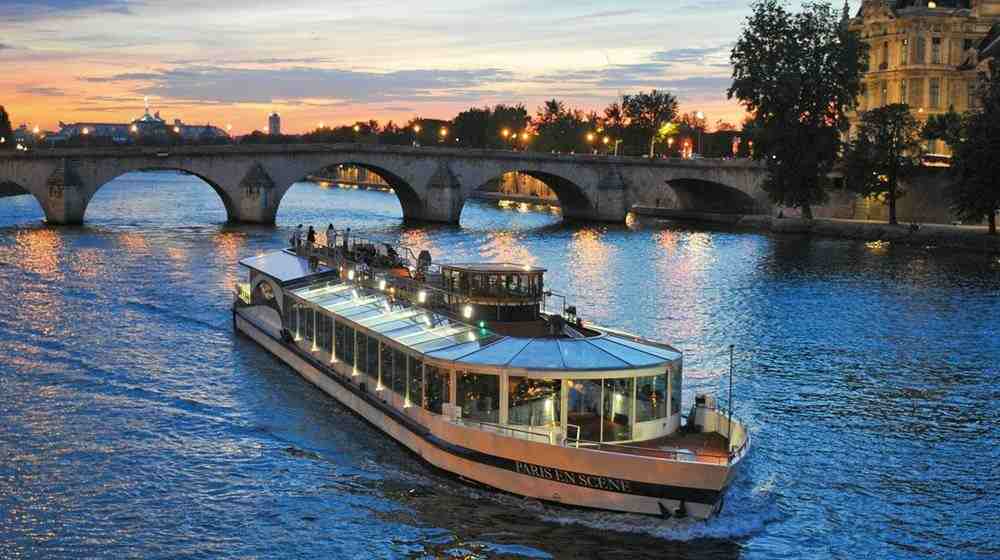
A Seine River cruise offers a relaxing way to see some of Paris’s most iconic landmarks, including the Eiffel Tower, Notre-Dame Cathedral, and the Musée d’Orsay. Many cruises depart from near the Louvre.
5. Indulge in French Cuisine
After a day of art and culture, treat yourself to a delicious meal at one of the many nearby cafes and restaurants. Whether you’re in the mood for a casual bistro or a fine dining experience, you’ll find plenty of options to satisfy your taste buds.
6. Shop at Rue de Rivoli
Rue de Rivoli, located near the Louvre, is a bustling shopping street with a variety of stores, from high-end boutiques to souvenir shops. It’s a great place to pick up some gifts or mementos from your trip.
7. Visit the Musée d’Orsay
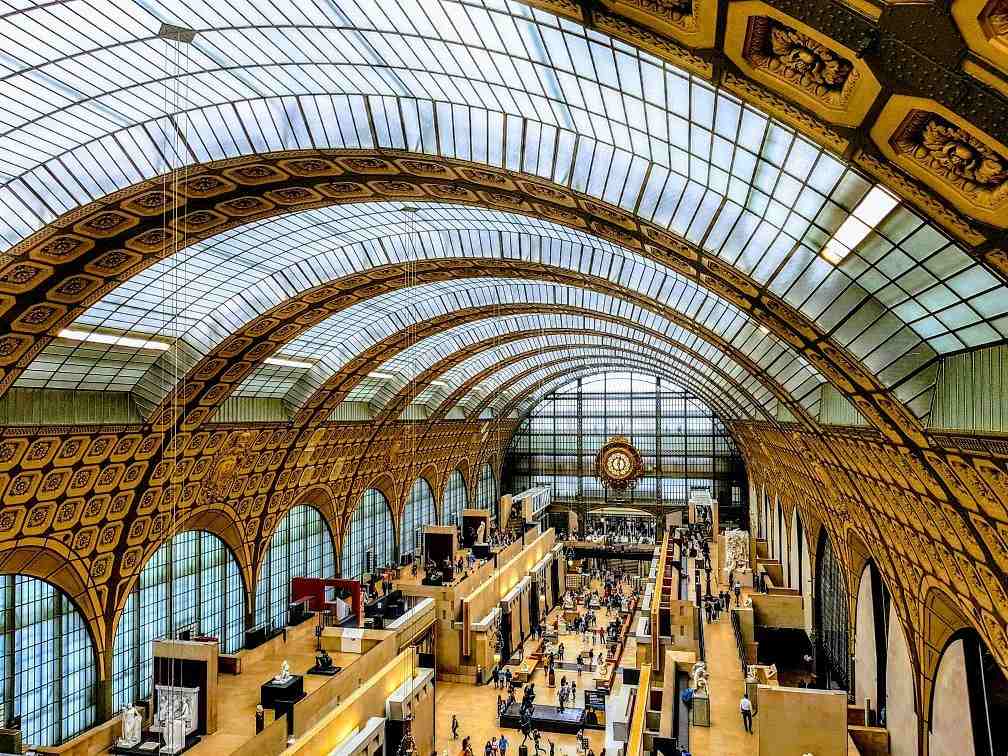
If you still have an appetite for art, head to the Musée d’Orsay, which is housed in a former railway station. It features an impressive collection of Impressionist and Post-Impressionist masterpieces by artists such as Van Gogh, Degas, and Renoir.
8. Relax at a Parisian Café
End your day by relaxing at a traditional Parisian café. Enjoy a cup of coffee or a glass of wine while people-watching and reflecting on your visit to the Louvre.
By exploring these nearby attractions and activities, you can extend your cultural journey and make the most of your time in Paris.
FAQs
Q 1. How long does it take to visit the Louvre Museum?
Ans. While you can spend an entire day exploring the Louvre, a well-planned visit focusing on the highlights can be completed in about 3-4 hours.
Q 2. Can I bring food and drinks into the Louvre?
Ans. Food and drinks are not allowed inside the exhibition areas. However, there are cafes and restaurants within the museum where you can take a break and enjoy a meal or snack.
Q 3. Are there any free admission days at the Louvre?
Ans. Yes, the Louvre offers free admission on the first Saturday of each month from 6 PM to 9:45 PM and on Bastille Day (July 14th). Additionally, admission is free for visitors under 18 and for EU residents under 26.
Q 4. Is the Louvre accessible for visitors with disabilities?
Ans. Yes, the Louvre is accessible to visitors with disabilities. There are elevators, ramps, and accessible restrooms throughout the museum. Wheelchairs and folding stools can be borrowed free of charge from the information desks.
Q 5. Are there guided tours available at the Louvre?
Ans. Yes, the Louvre offers various guided tours, including themed tours and family-friendly options. You can also rent an audio guide for a self-guided tour with detailed information about the artwork.
Q 6. What should I do if I lose something at the Louvre?
Ans. If you lose something during your visit, you can check with the lost and found office located near the main entrance under the pyramid. It’s best to report any lost items as soon as possible.
Q 7. Is there a cloakroom at the Louvre?
Ans. Yes, there are cloakrooms available where you can store coats, bags, and other items. However, large bags and suitcases are not allowed inside the museum.
Q 8. Can I buy souvenirs at the Louvre?
Ans. Yes, there are several gift shops within the Louvre where you can purchase souvenirs, books, and replicas of famous artworks.
Conclusion – What to See At the Louvre In 2-3 Hours?
Visiting the Louvre in just 2-3 hours might seem challenging, but with a well-planned itinerary, you can see some of its most famous and beautiful artworks. From the mysterious smile of the Mona Lisa to the powerful presence of the Winged Victory of Samothrace, each piece tells a unique story. Remember to buy your tickets in advance, use a map to navigate, and take breaks to enjoy the experience fully. Even a short visit to the Louvre can be a memorable and enriching experience.

Welcome to my Paris travel blog! I’m Shubham, a passionate traveler, foodie, and culture enthusiast with a deep love for the City of Lights. Over the years, I’ve explored every corner of Paris, uncovering its hidden gems, iconic landmarks, and culinary delights. Through this blog, I aim to share insider tips, detailed guides, and personal stories to help you experience Paris like a true local.



